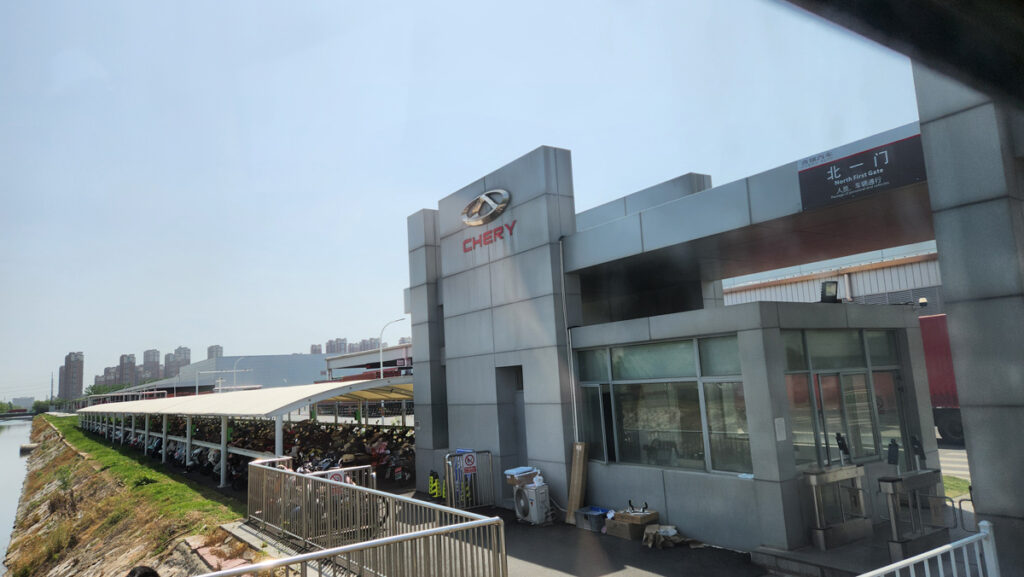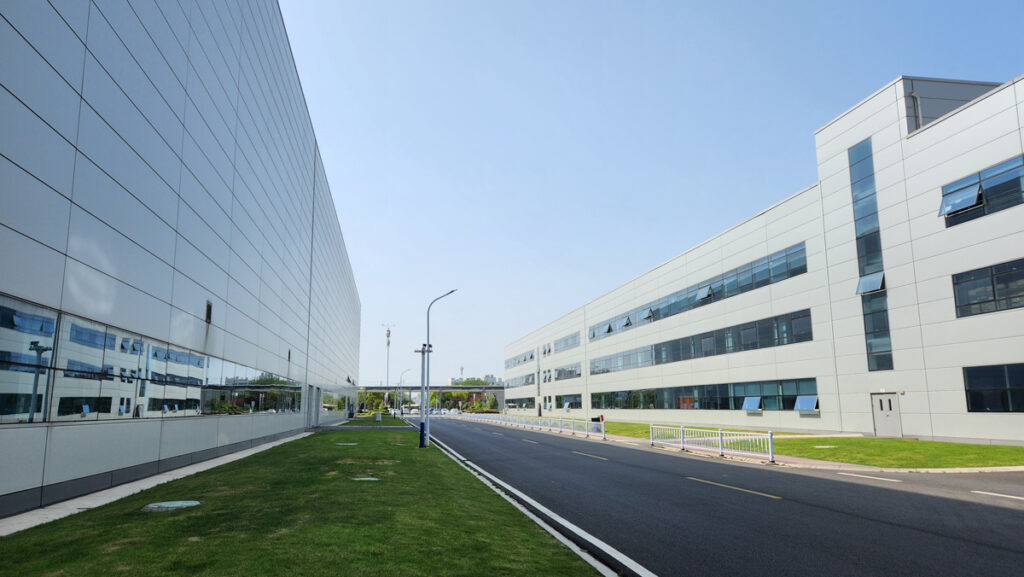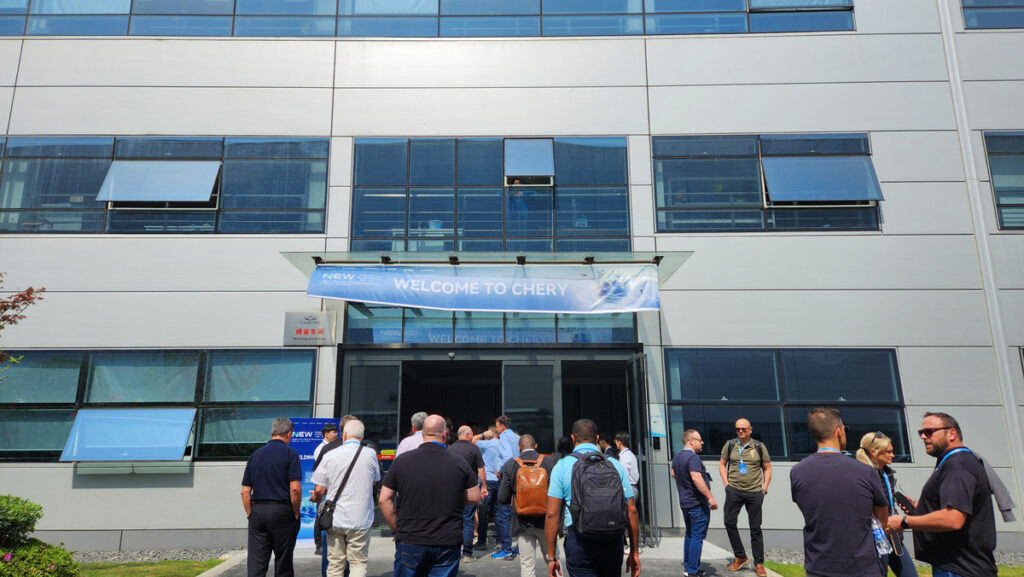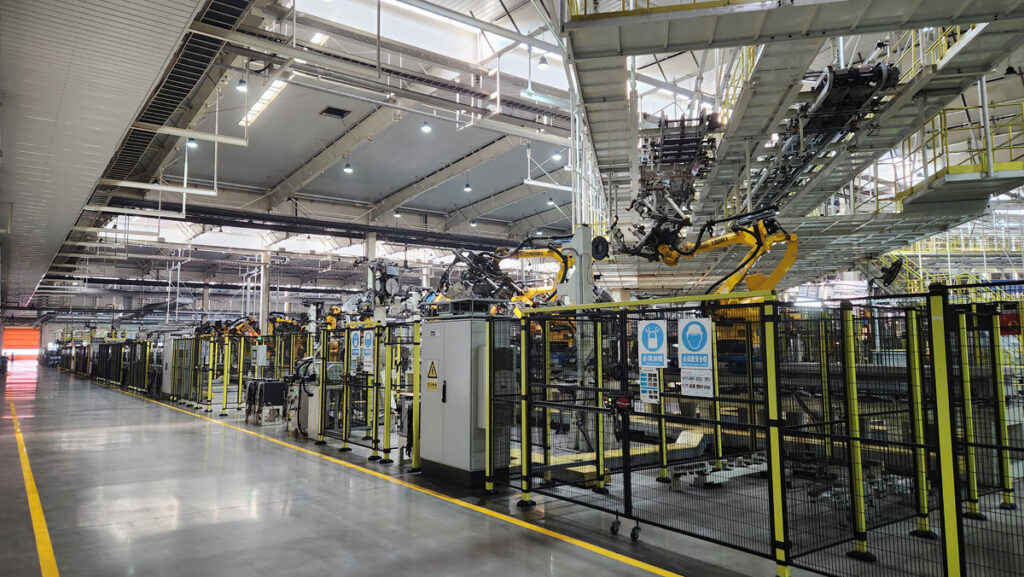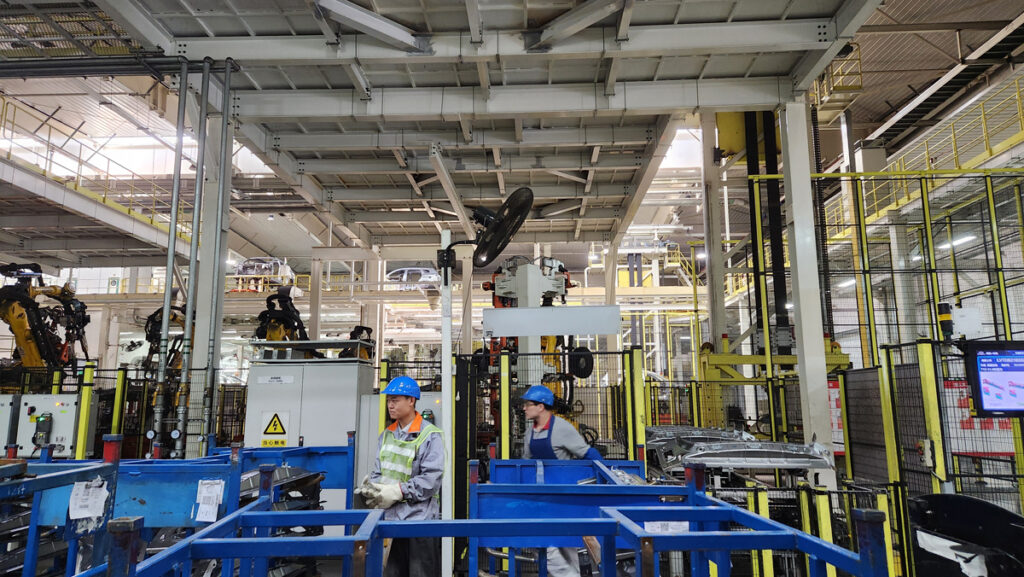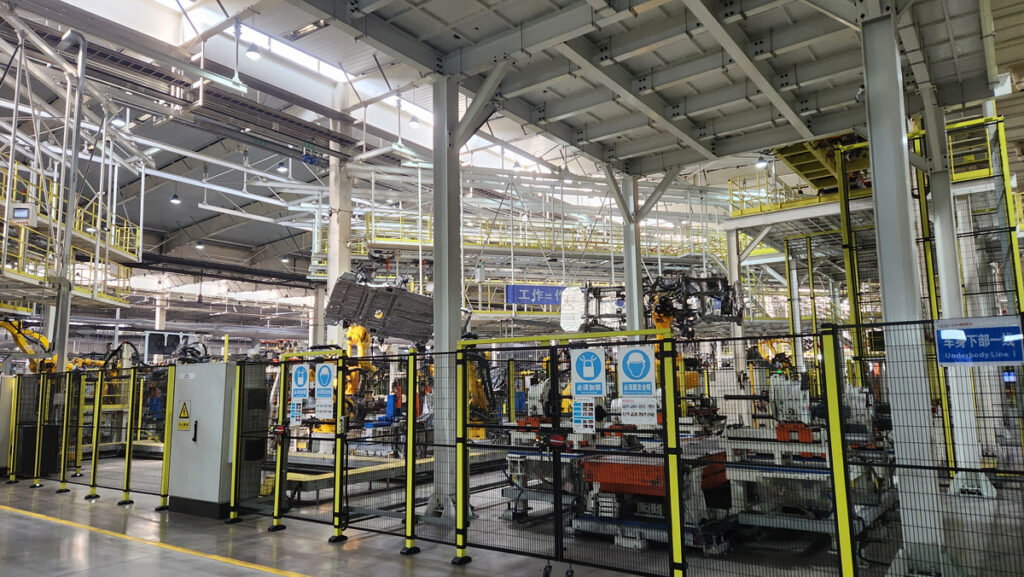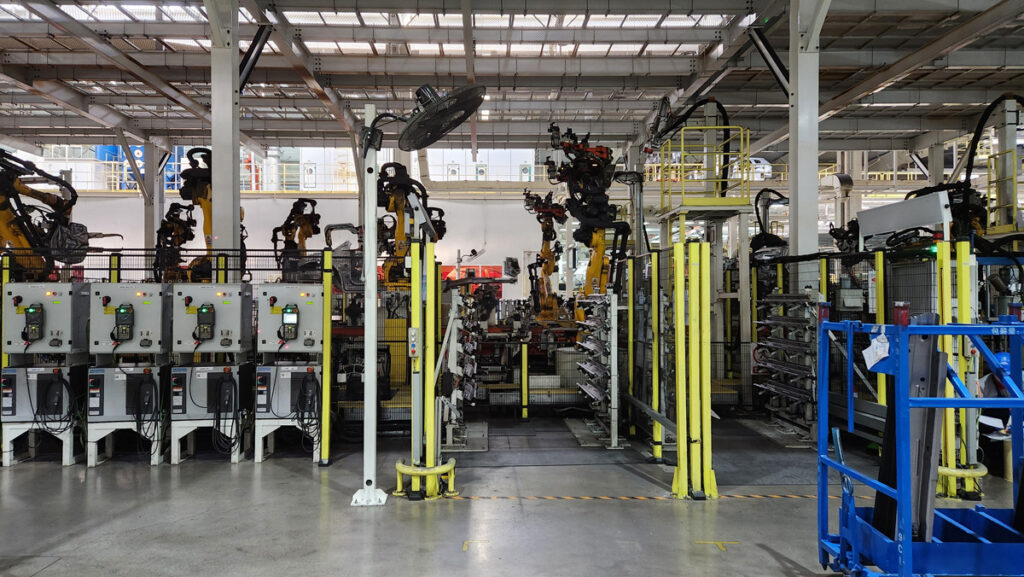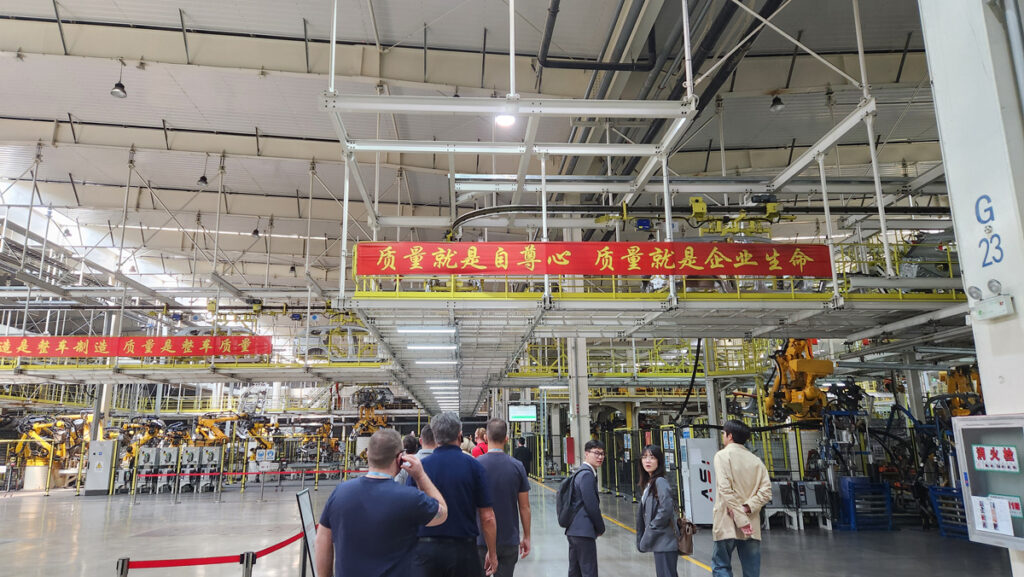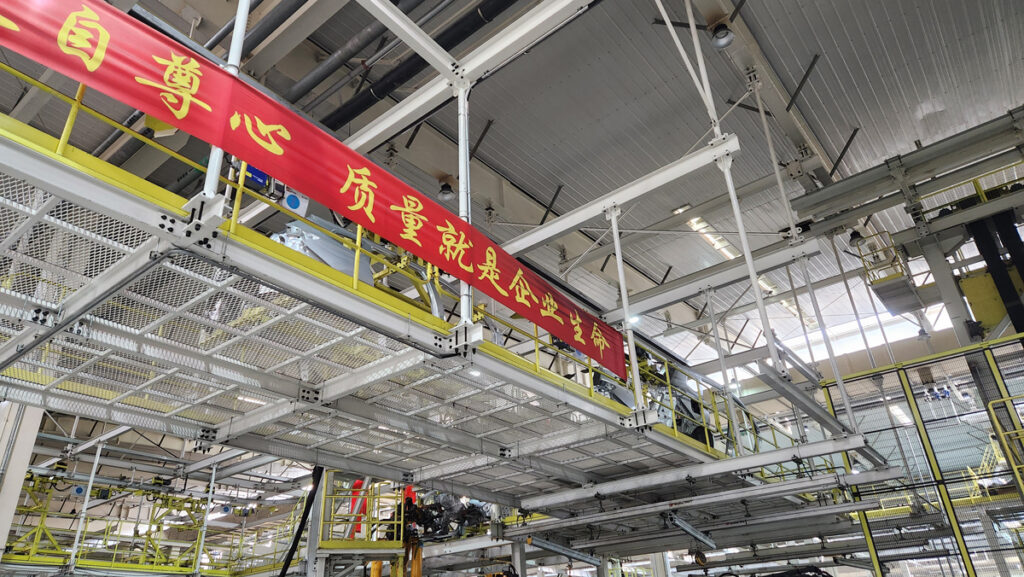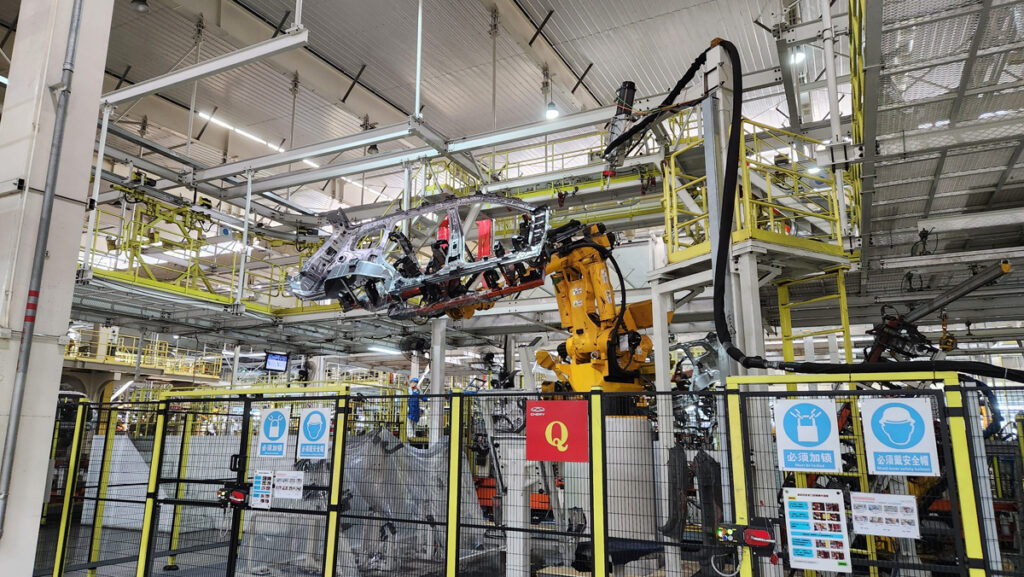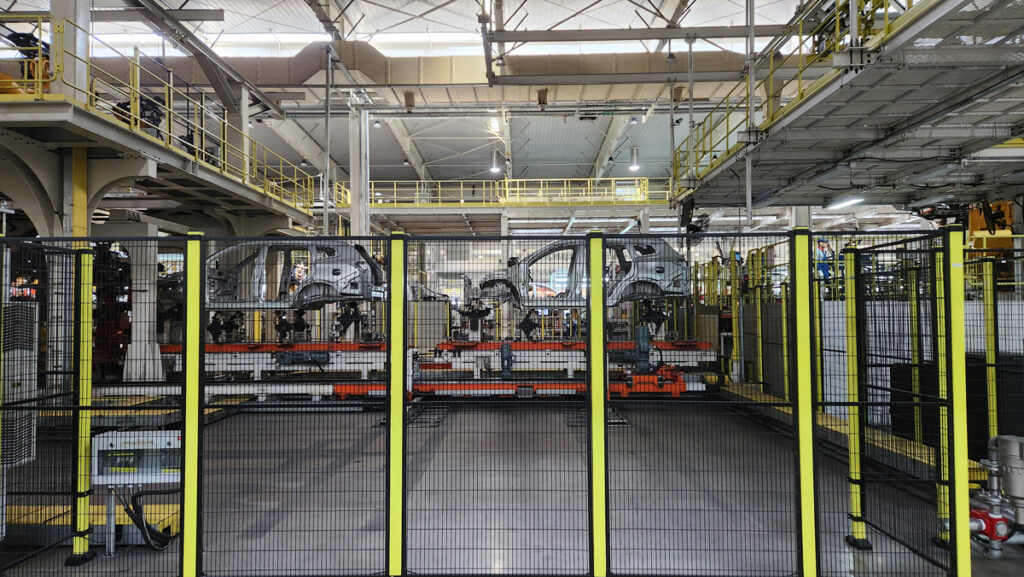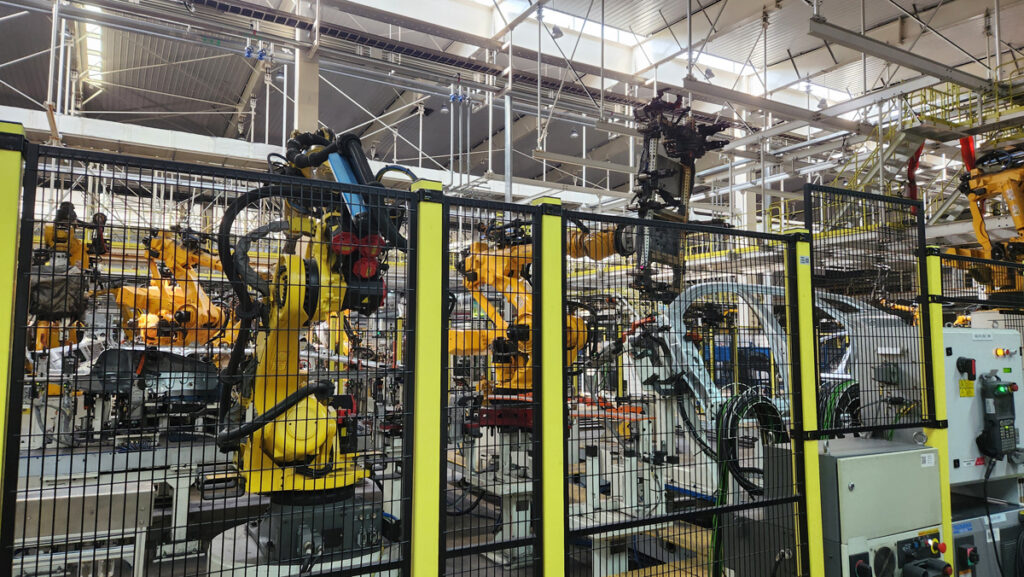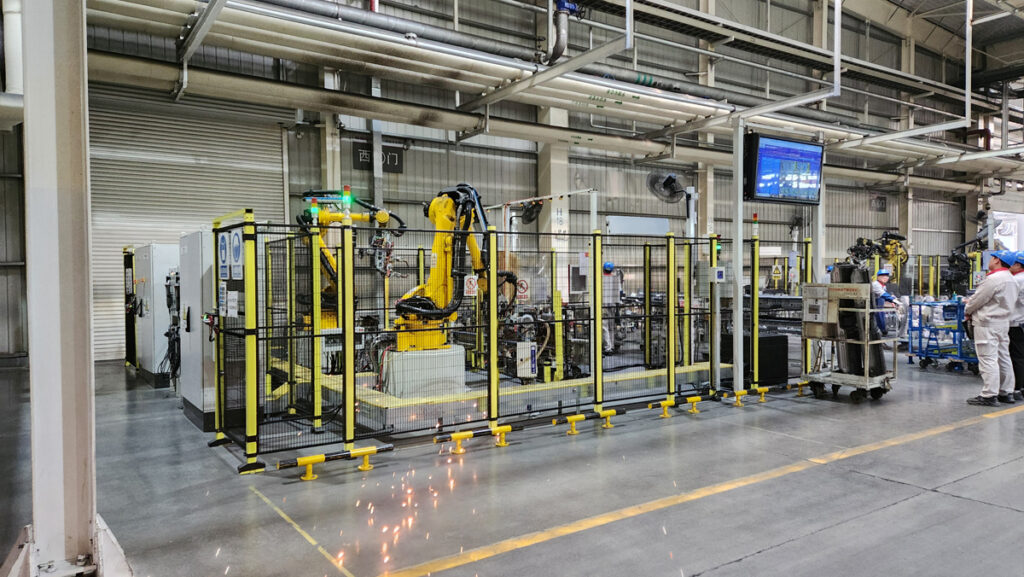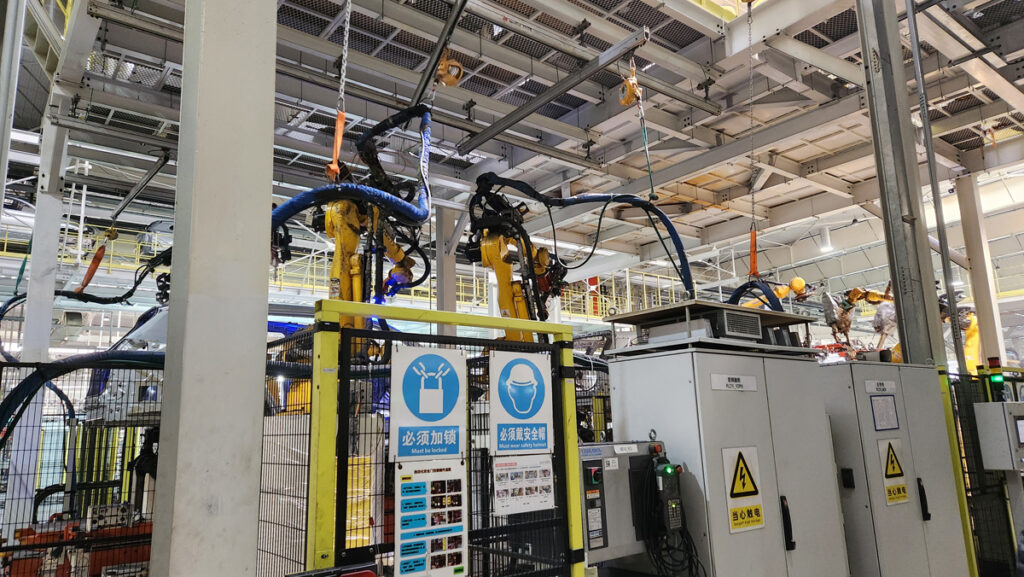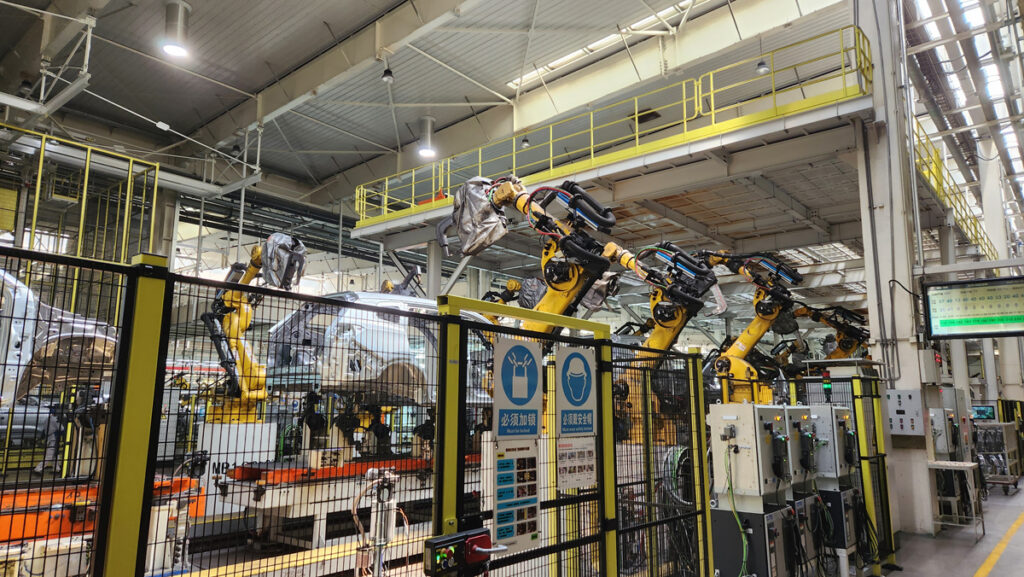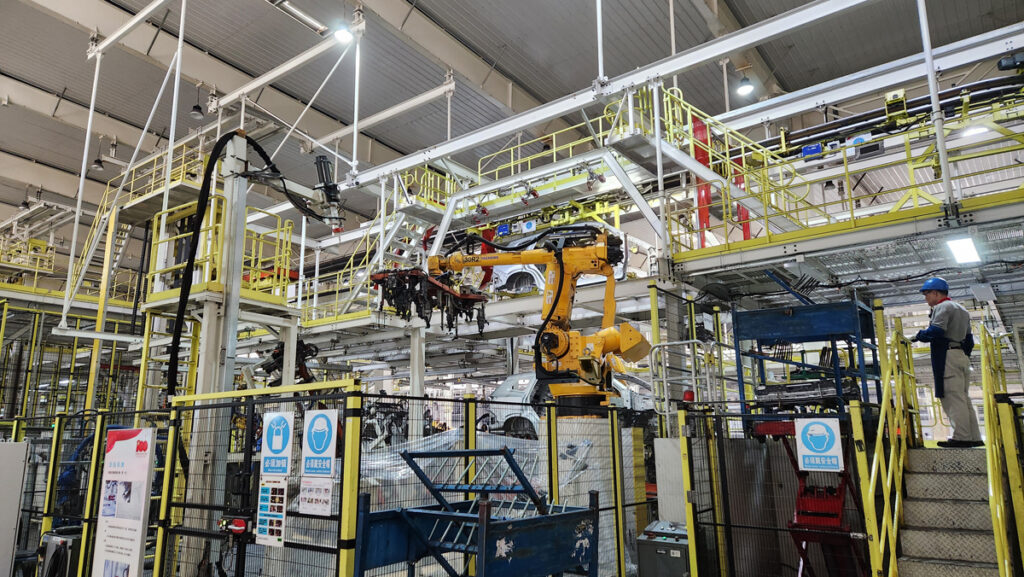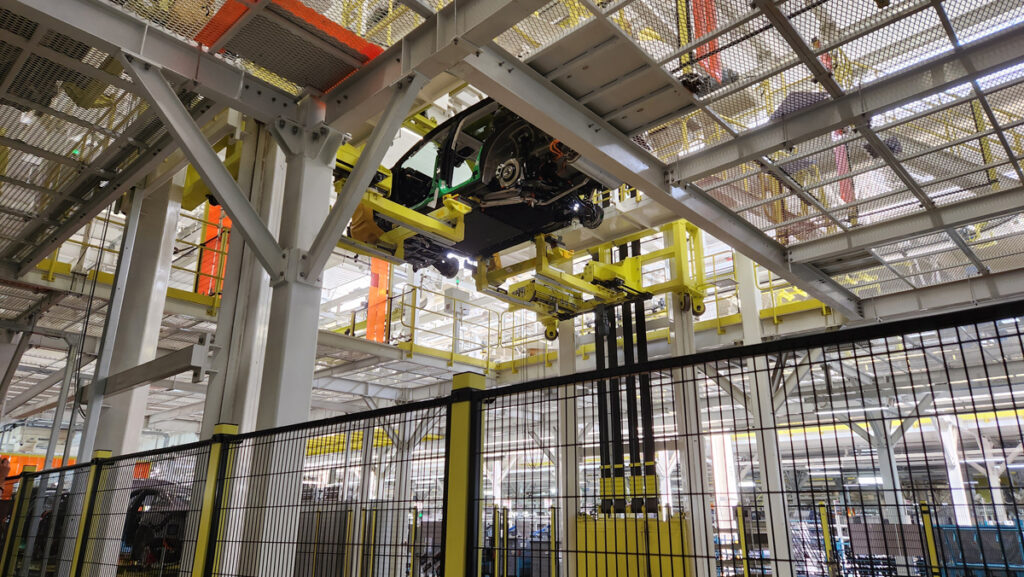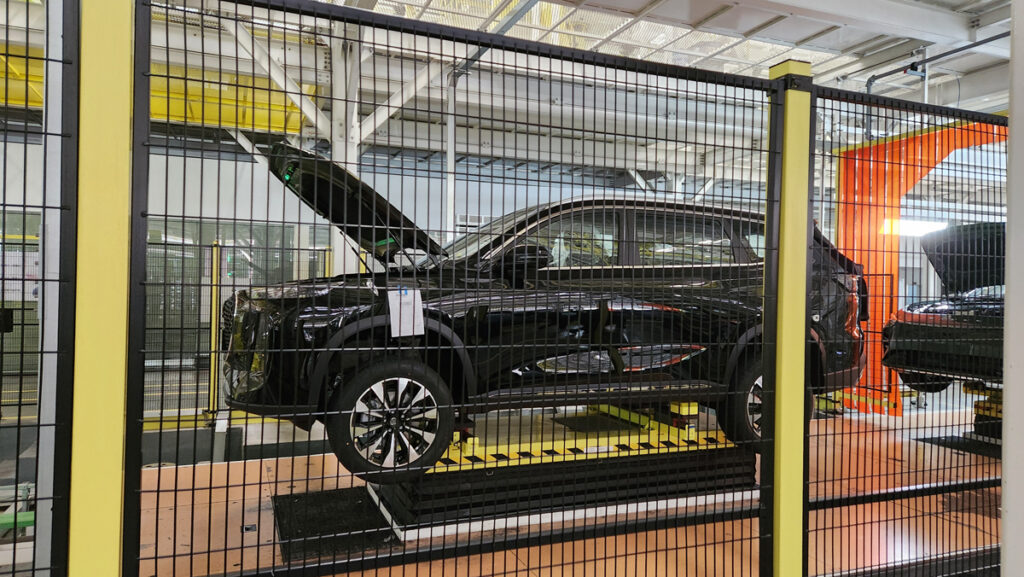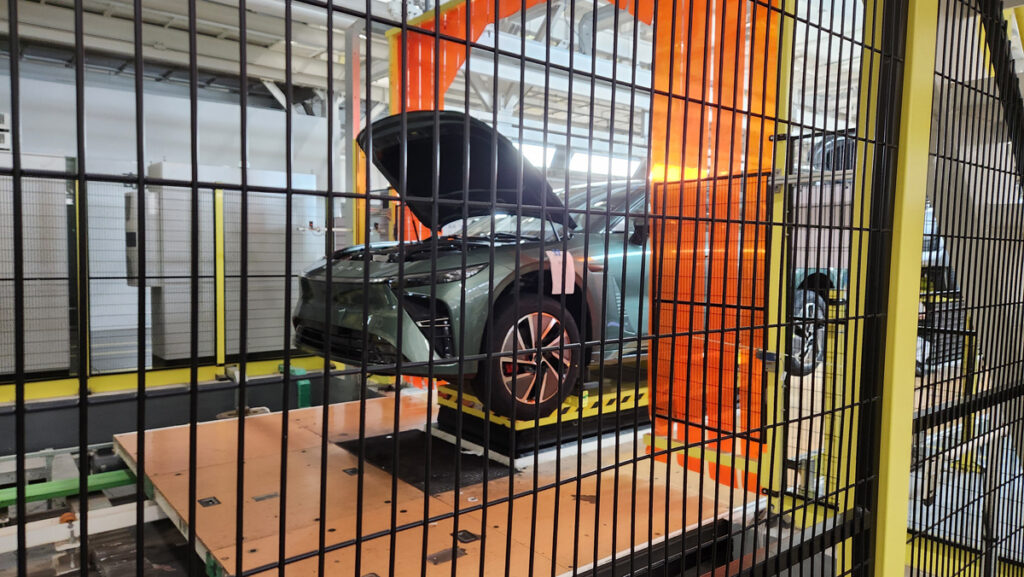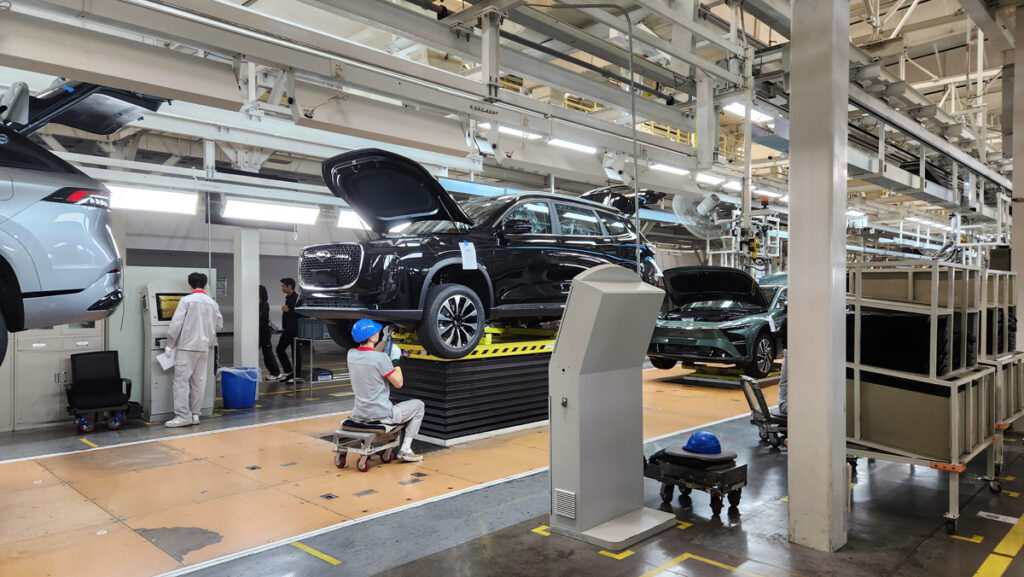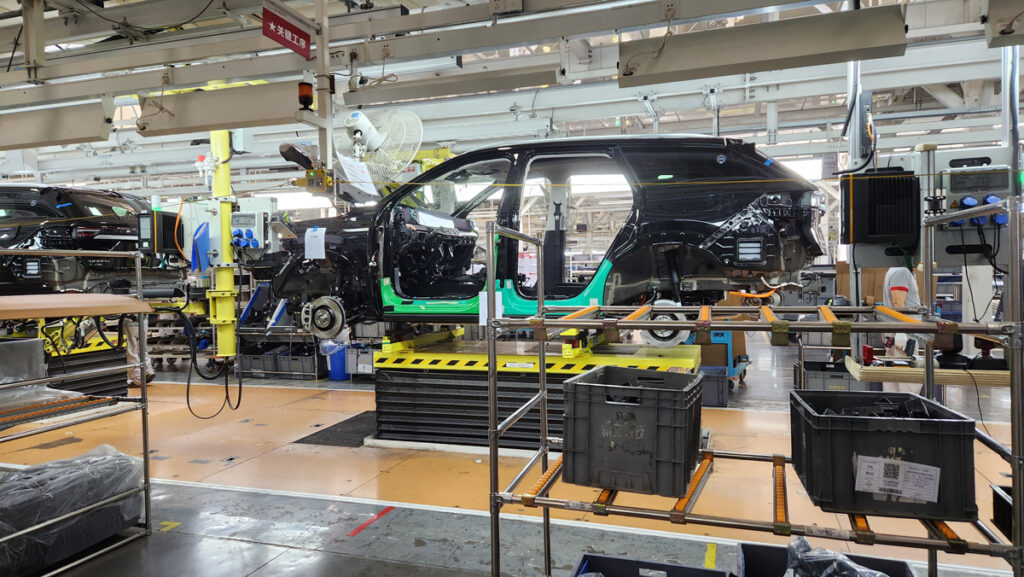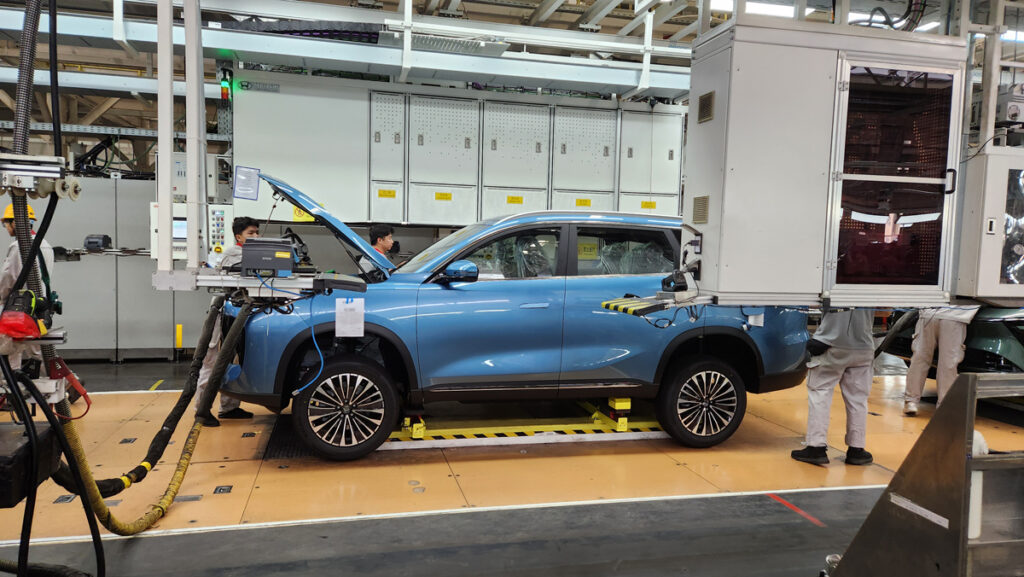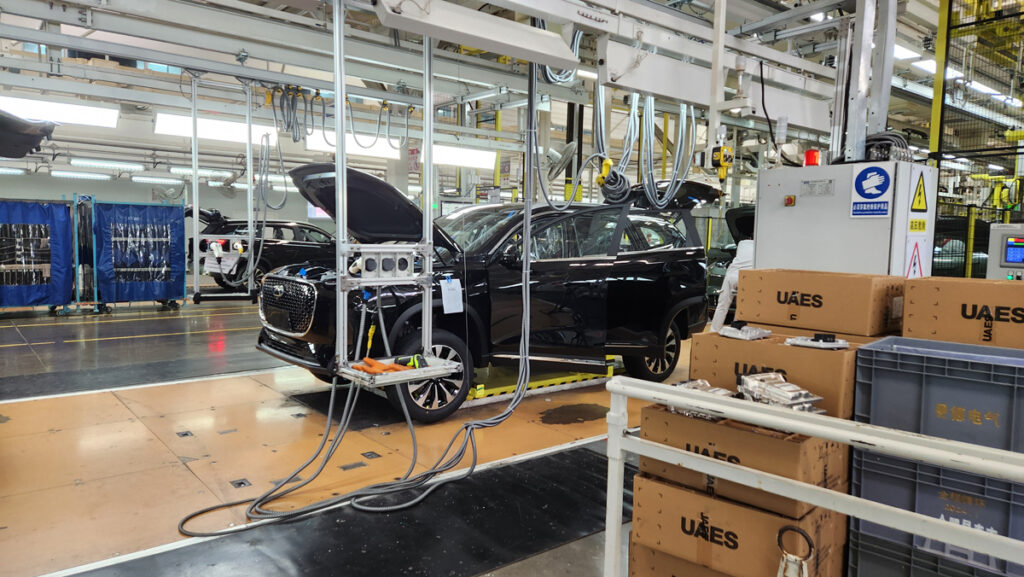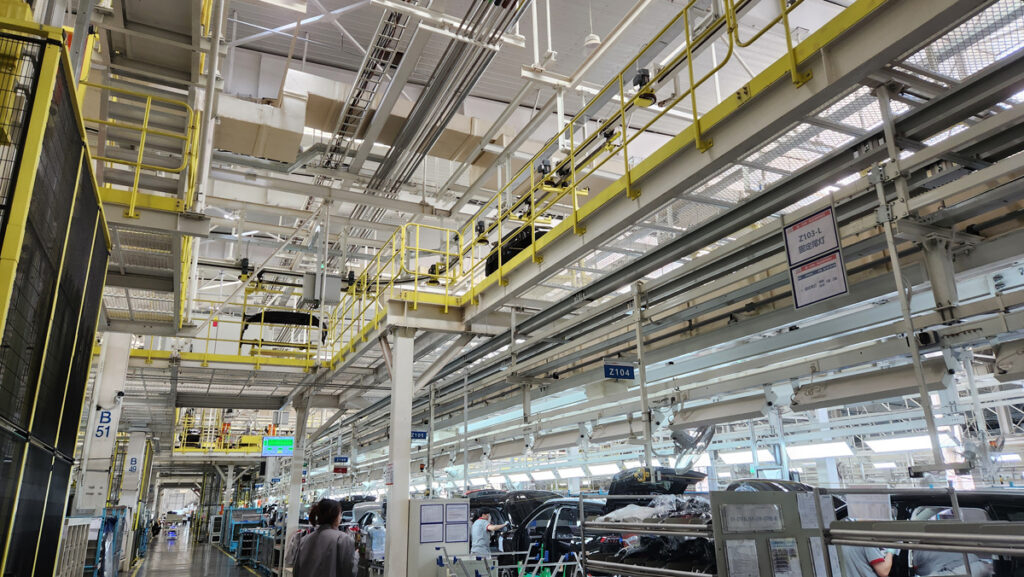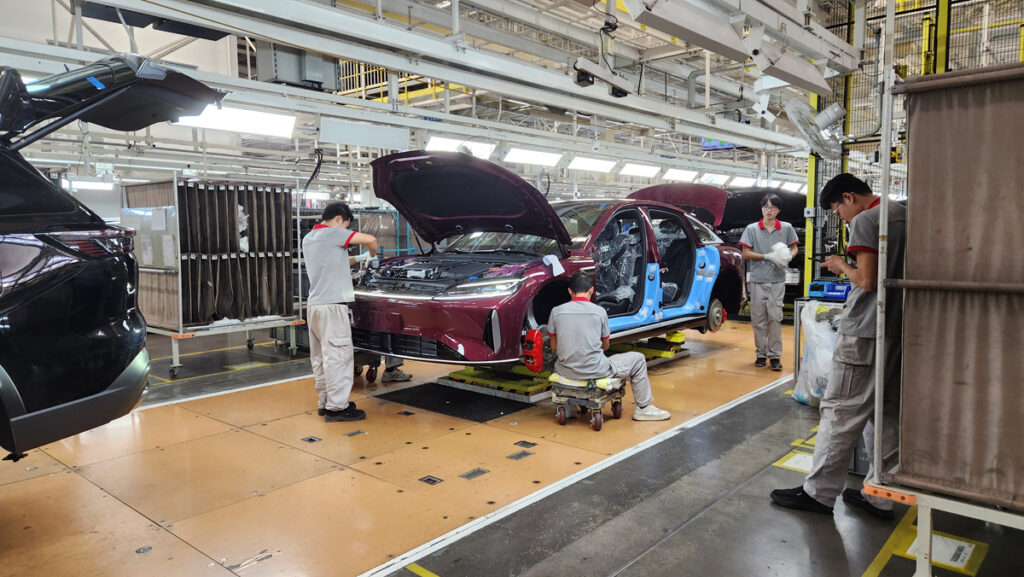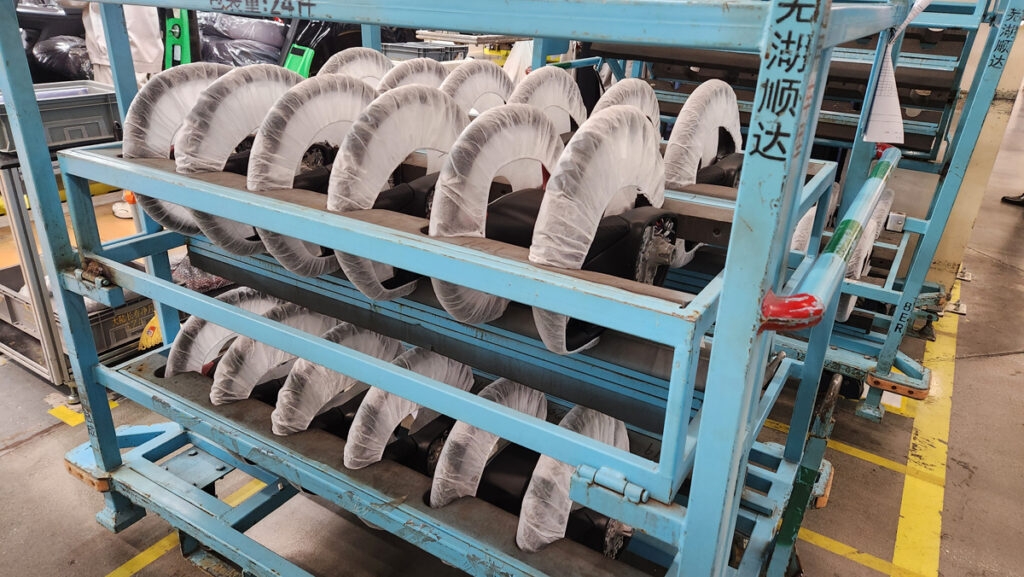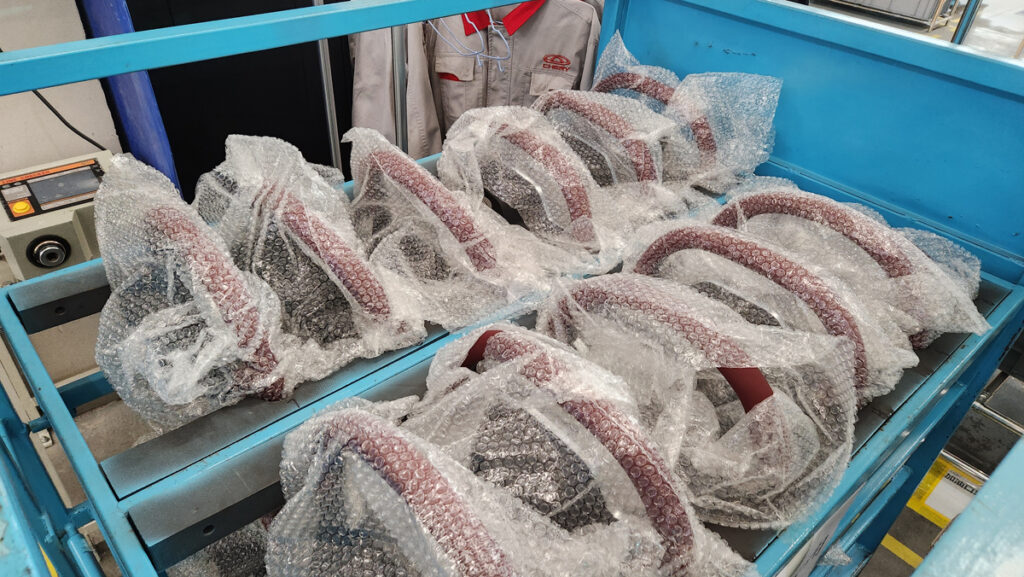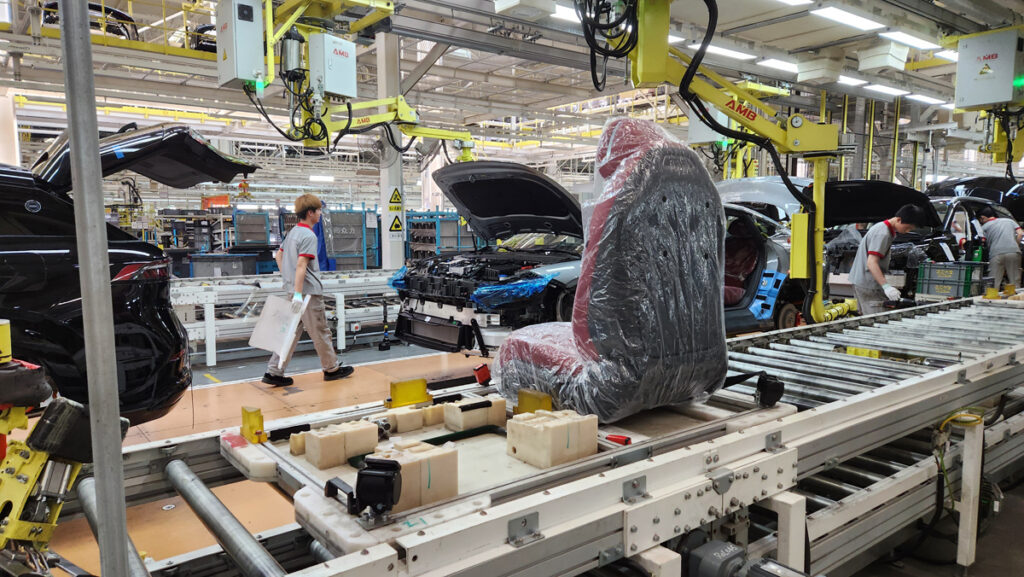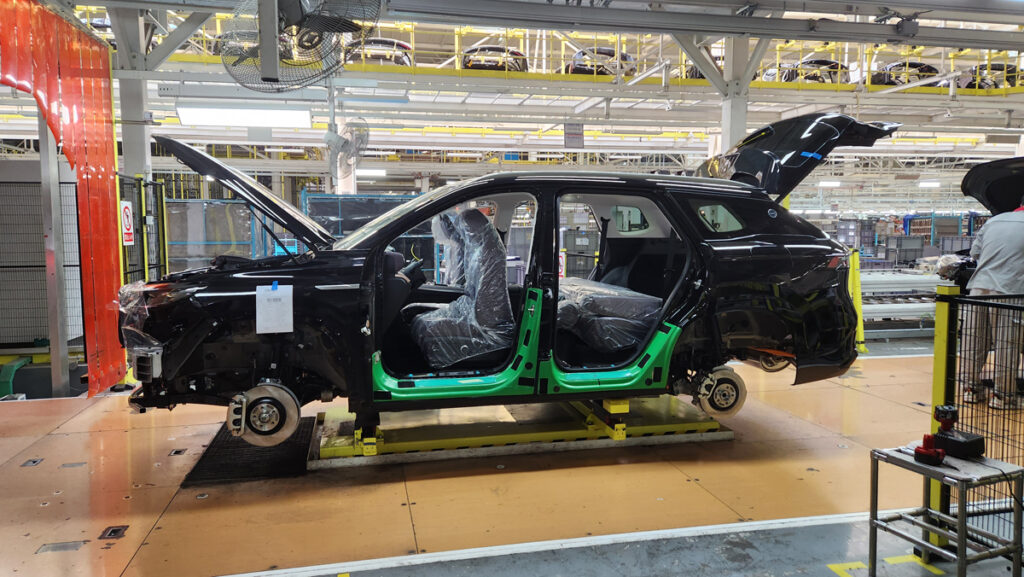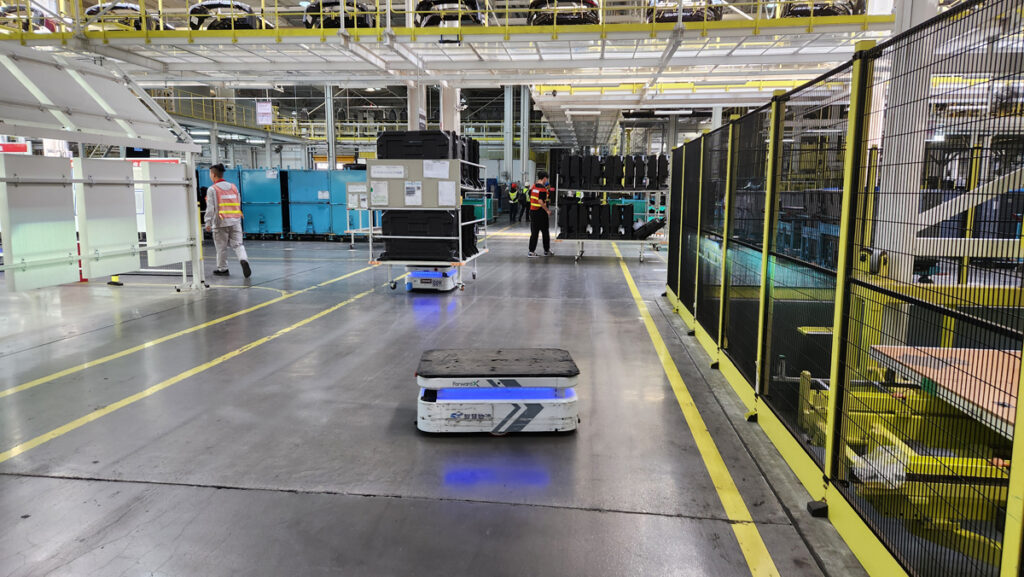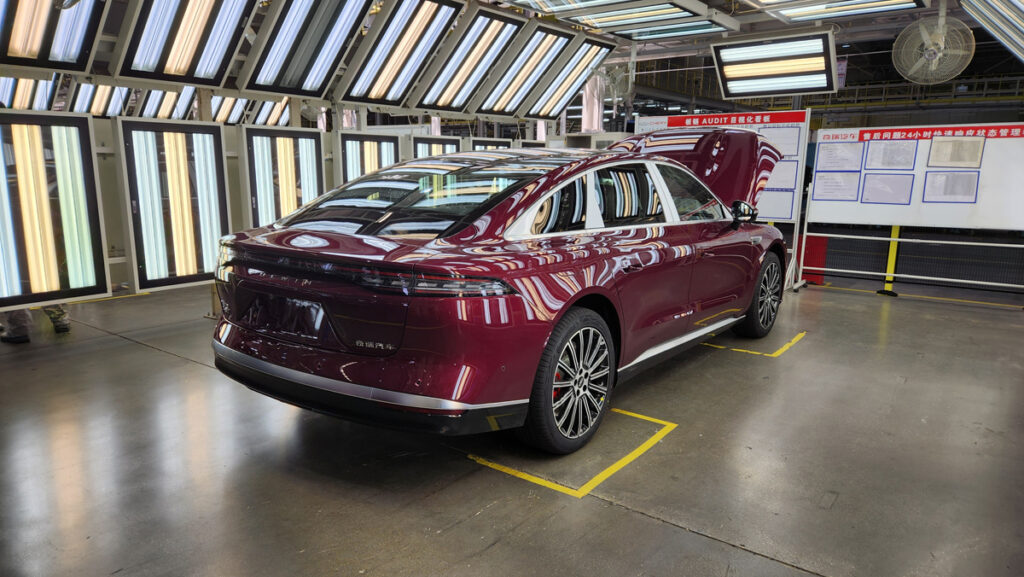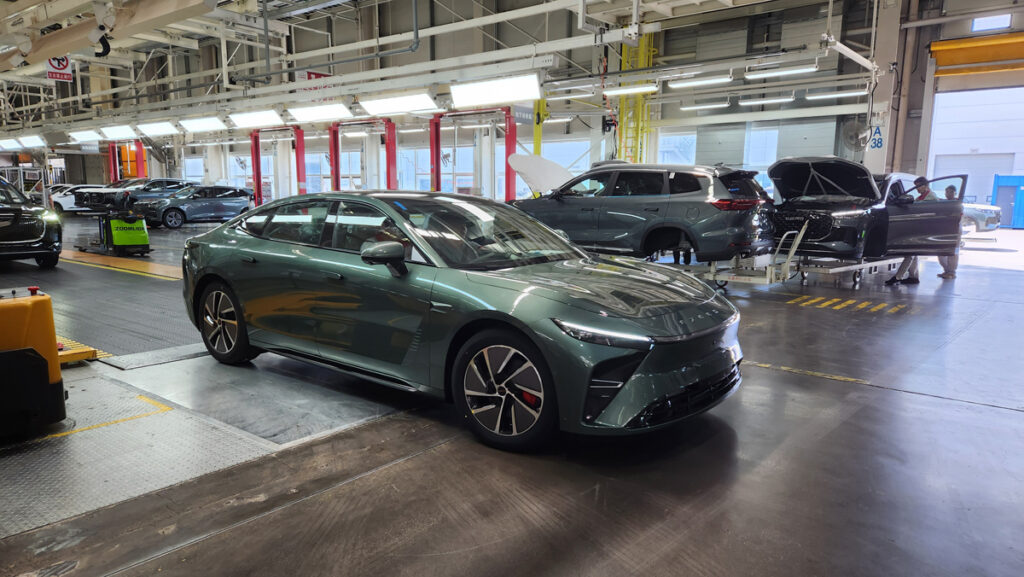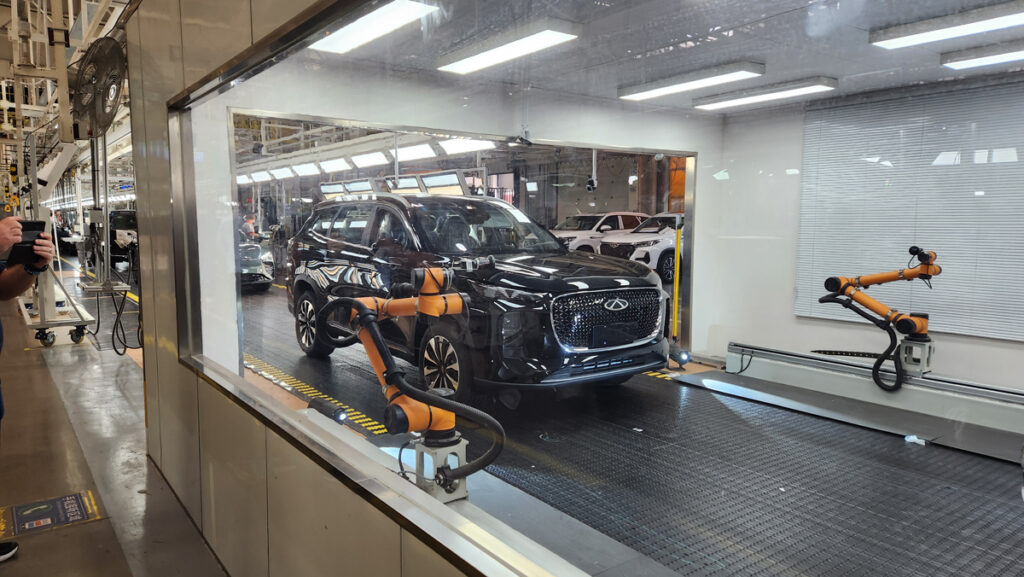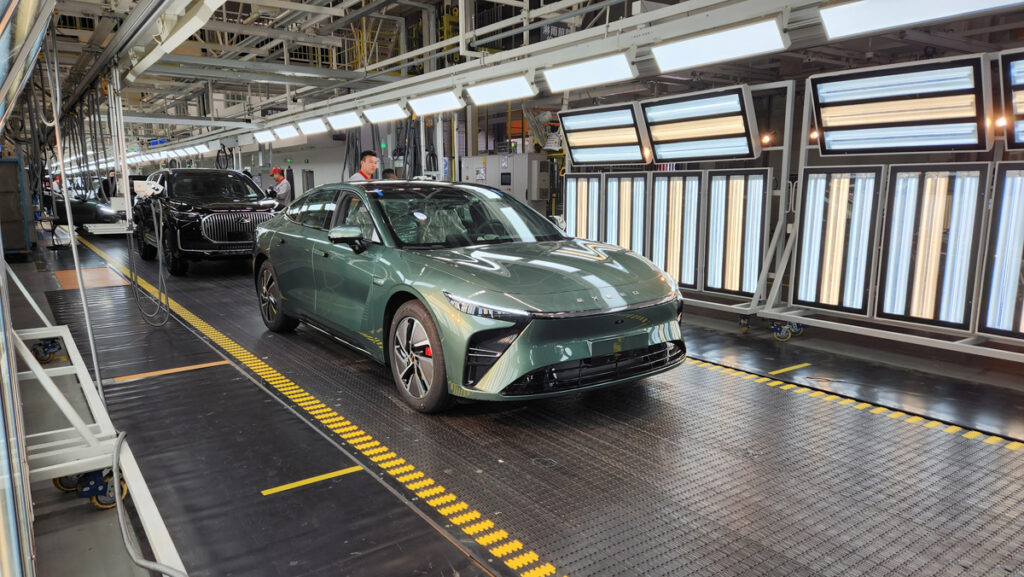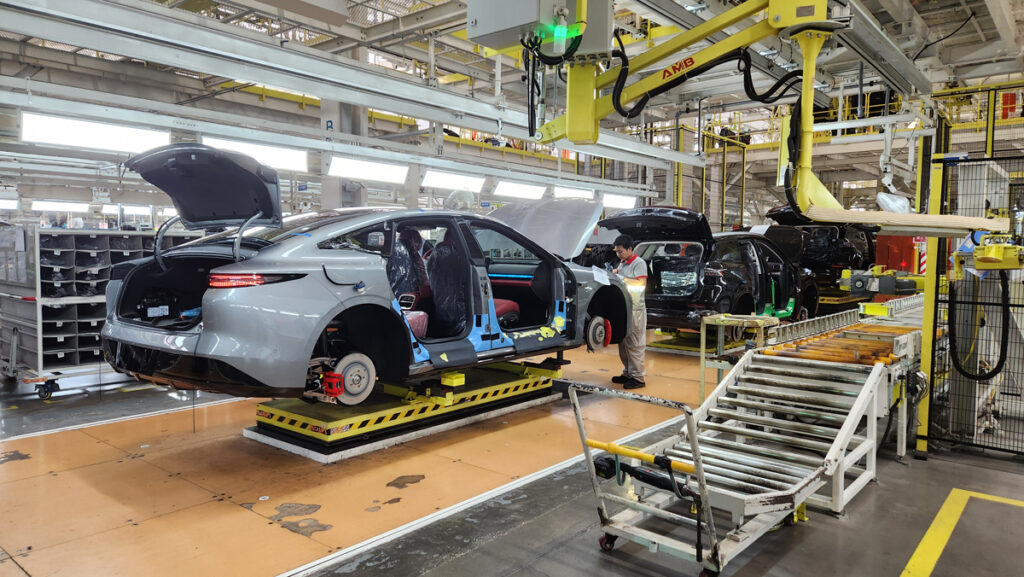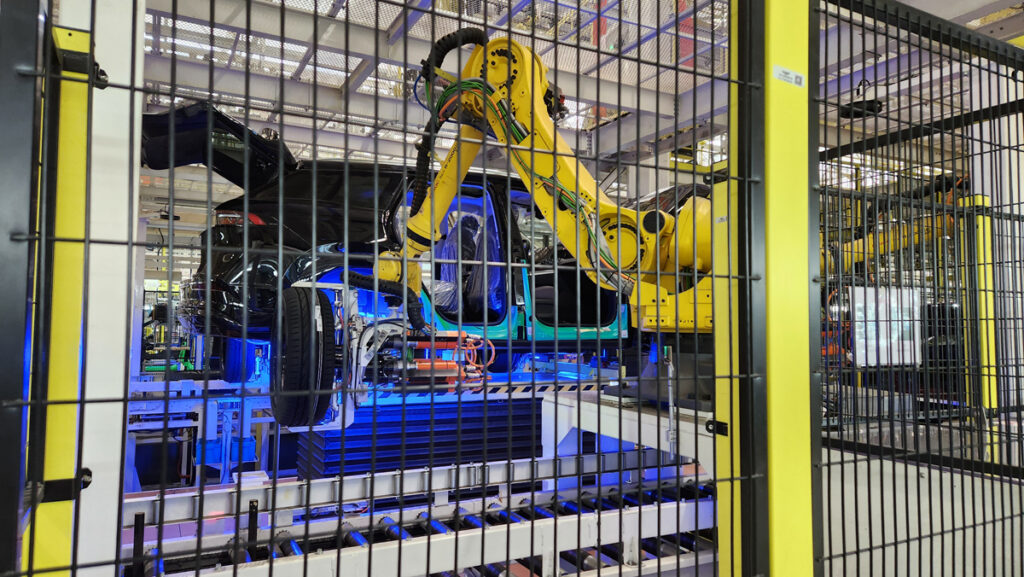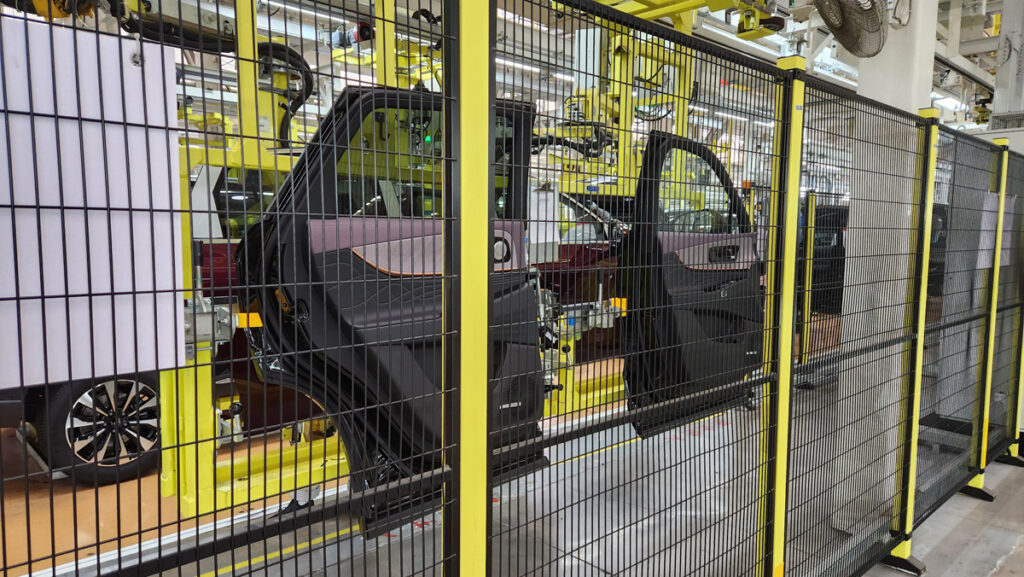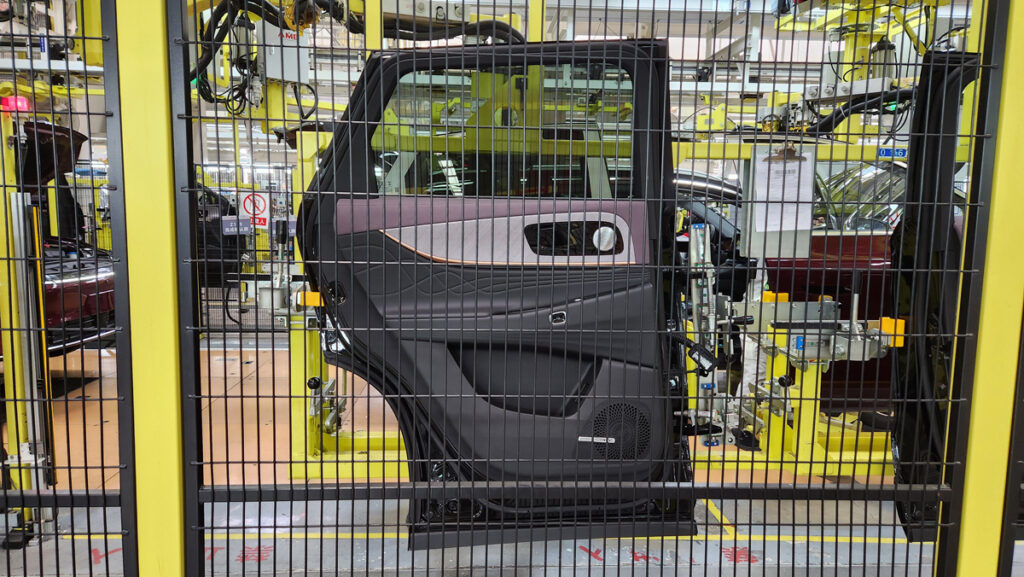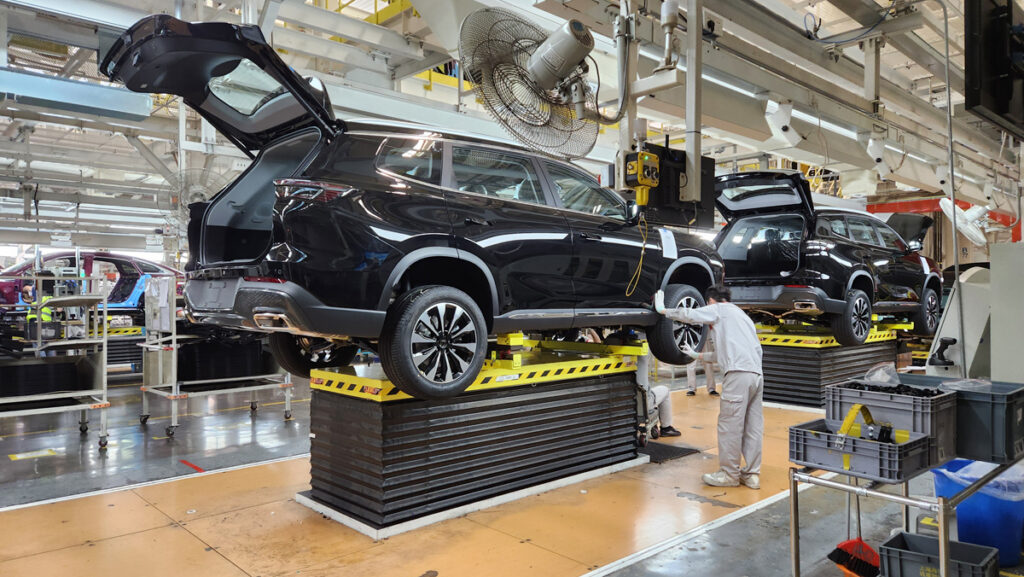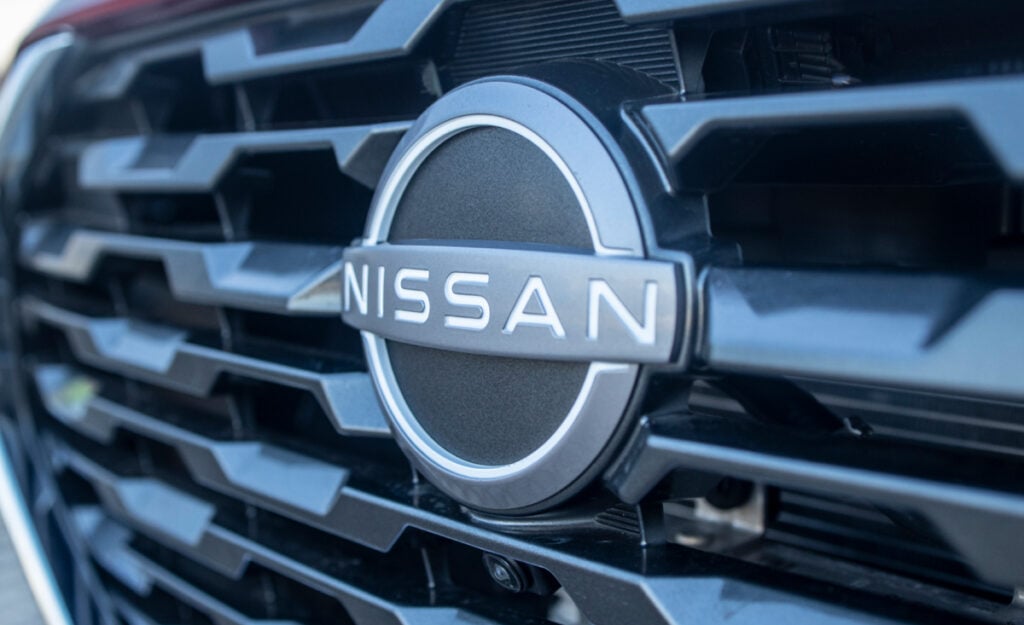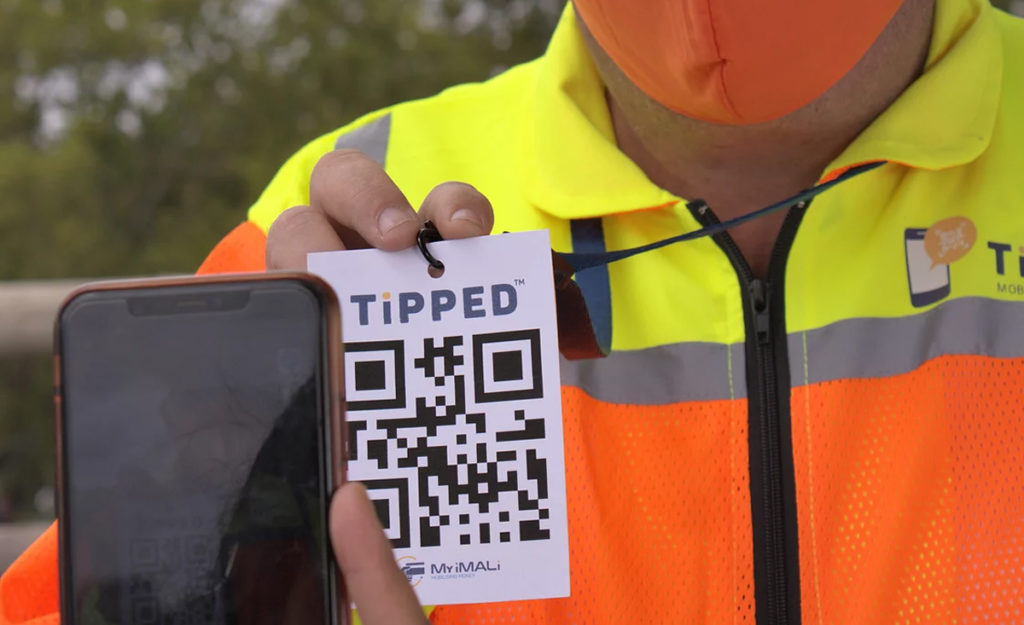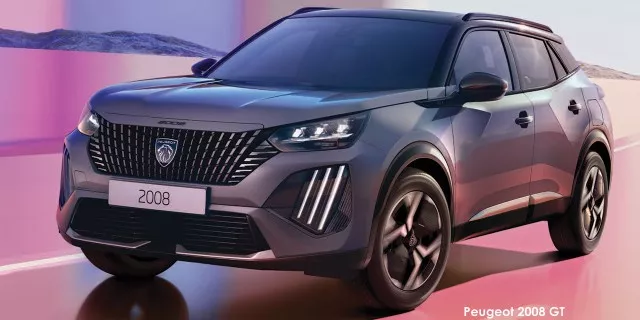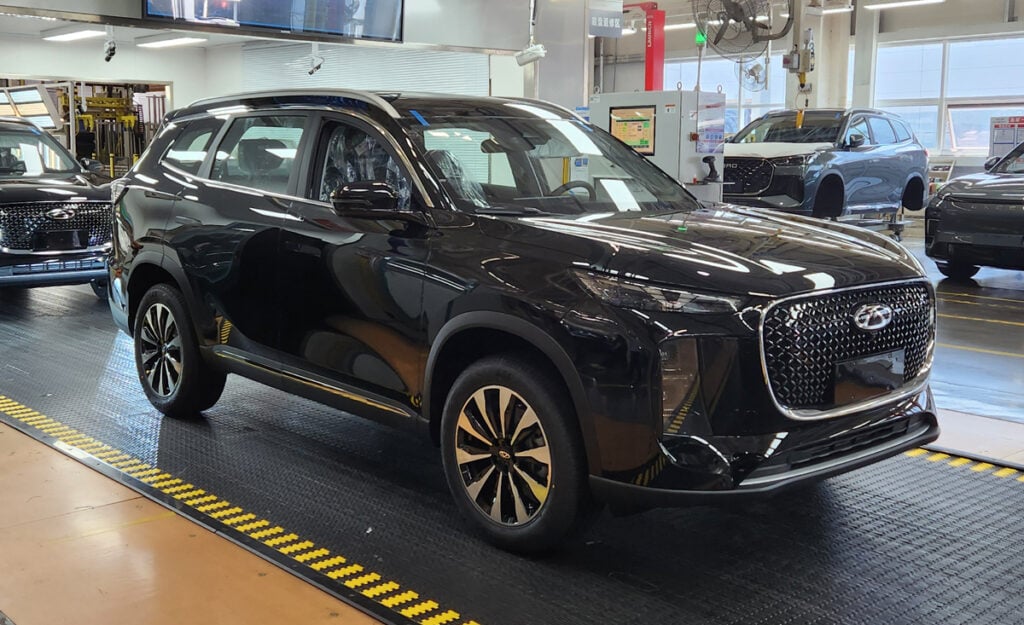
Chery is one of the largest carmakers in the world, producing hundreds of thousands of vehicles that make their way to various markets every year.
This incredible output is made possible thanks to an extensive manufacturing presence in China with factories that produce fan-favourite models like the Tiggo Pro SUV range.
TopAuto recently had the chance to tour one of these facilities in Chery’s hometown of Wuhu, where the sheer scale of the operation left no doubt in our mind that the Chinese automaker is going to remain a big player for years to come.
A massive operation
Wuhu is a relatively small industrial city located approximately 350km west of Shanghai in China.
Of course, this being China, a small city like Wuhu still has a population of around 10 million people, many of whom are in some way employed in the local automotive sector.
As you enter the city, you’ll see towering apartment blocks interspersed with office blocks, dealerships, and supply centres for things like tyres and metal components – many of which feature the logo of Chery or one of its sub-brands like Omoda, Jaecoo, iCar, Exeed, or Jetour.
The factory we visited lies in the heart of the city, though you may not immediately recognize it as one from the outside.
The front of the premises features large grass lawns leading to the main offices, and an expansive parking lot on the left side of the main road had several Chery cars used in road testing, some of which were still in camouflage.
After this, you’ll come across a number of enormous warehouses, which are separated into distinct sections for tasks like welding, assembly and painting.
Unfortunately, the paint area is inaccessible to visitors as the facility is sealed to prevent contamination while the different coats are being applied, but we were able to visit the welding and assembly zones.
The welding zone is primarily autonomous with impressive machinery moving the frames of Chery SUVs around at a rapid pace, though human employees also man a few of the stations.
There are also unmanned floor drones vaguely reminiscent of something like a Roomba, which move around with small trains of cargo.
These drones feature sensors that glow green when they detect nothing in their path but turn yellow when the drone encounters an obstacle and needs to stop.
The factory floor is fairly spacious, but employees are expected to follow paths marked by yellow lines to avoid getting in the way of these drones too often.
Most of the machinery is fenced off to prevent accidents, and sparks frequently fly off the cars as they are welded by an army of mechanical arms.

The area is understandably loud, so we were issued with headsets to hear what our tour guide had to say.
The guide explained that the site produces approximately 300,000 cars per year, which equates to 821 models making their way off the assembly line every day.
Incredibly, this factory only produces models for the domestic market, illustrating just how enormous the demand is for new cars in China.
The factory doesn’t only produce Chery models, as it also makes vehicles for the company’s Luxeed and Exeed brands, which are far more upmarket.
This became evident when we moved to the assembly building, which employs far more human workers to install components like the bumpers, steering wheels, and seats.
The average employee we saw on our visit was quite young, being in their early to mid-20s.
A Chery representative explained that it is company policy for all new recruits to spend two months working on the factory floor, regardless of the position they were hired for.
This means that all of the staff escorting us on our trip to China had spent time working in the factory, even though most of them held office jobs in sales and marketing positions.
The policy is intended to provide real-world experience to recruits, most of whom are fresh out of university, and to give a better understanding of what is actually involved in car manufacturing before they assume their office jobs.
The assembly line moved at a steady pace with Chery and Exeed vehicles taking form before our very eyes as items like the wheels, seatbelts, and dashboards were added.
The final products are then passed through a machine with arm-mounted sensors and cameras that scan every angle of each car to detect any defects in the final shape.
To say that it is an impressive operation would be an understatement, and the experience shed a new light on the scale of the work being done behind the scenes to bring models like the Tiggo Pro SUVs to South Africa.
Chery factory in Wuhu, China
